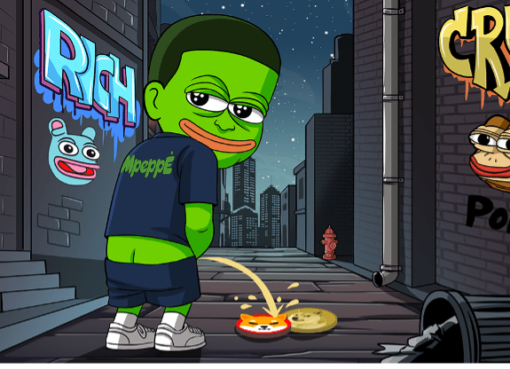An interview with REV3AL’s founders on building digital counterfeiting and copyrights fraud prevention tools.
When it comes to the NFT industry, there’s hardly a single resolution to the industry-agnostic issues of digital fraud and counterfeiting. NFTs, digital IDs, copyright images and videos, and other forms of digital media can be easily duplicated and disseminated, making it tricky to find a solution to prevent different types of attacks.
The REV3AL platform believes they have the all-in-one solution to prevent digital counterfeit and copyright fraud. Its solution aims to revolutionize interactions in the digital world and open new possibilities for different industries to leverage secure and safe digital assets ecosystems.
“Effective fraud prevention is a door with multiple locks requiring different keys, passcodes, biometrics, and other access levels to penetrate,” says Adam Russell, Co-founder and Chief Revenue Officer at REV3AL technology. He explains that “most thieves might be able to pick a lock or crack a code, but they cannot do them all.”
In 2021, the REV3AL founding team members first came together when they saw how the growing amount of counterfeits and scams limit the digital assets and NFT industry from reaching its enormous potential.
“I agree with the experts that think NFTs are the adoption ramps to encourage the masses into blockchain technology,” says Mo Kumarsi, Co-founder and Chief Global Office at REV3AL.
Leveraging their years of experience in systems architecture, arts, cybersecurity, and blockchain, the REV3AL team built a unique, multi-factor solution that will help protect artists, owners, and brands from copyrights fraud.
“We incorporate several layers of authentication features to create a robust anti-counterfeit solution,” says Kumarsi.
He notes that the layers of encrypted protection include hidden authentication embedded within the asset itself. Any consumer can self-verify the originality of a digital asset in seconds using REV3AL’s platform or physical decoder. With REV3AL’s system of authentication tools, artists and creators can protect their work from duplicators, and owners can be confident that their asset is authentic.
REV3AL is genuinely unique from other anti-counterfeit systems because of its extensive digital and software-based level of protection. By embedding dynamic layers of variable data into each authentication layer, it wraps the digital asset with a unique serial code to prevent unauthorized duplication and distribution of assets.
Beyond their technology, REV3AL also leverages its native token in its systems. Each time the technology is deployed, a REV3AL token is burned as a deflationary asset. The token will also come with additional perks for holders, including access to REV3AL’s upcoming metaverse platform.
The demand for a robust digital anti-counterfeit solution is high in the market. REV3AL already has over 35 partnerships with various online platforms and marketplaces in just a year, with the figure expected to double in the next quarter.
“Our team is aggressively working on a minimum viable product which will be built and tested on a secure NFT marketplace,” says Russell. “The MVP will be available in coming months and serve as the first line of defense against the rising need for solutions to protect people against the scams and fraud.”
The next step on REV3AL’s roadmap is a commercially viable product that can be implemented into any compatible platform through an API.
As our lives become increasingly integrated into the digital world, protecting our digital assets is critical. Whether it’s NFTs, original content, music, or personal identification, digital media is easy to duplicate and needs a robust solution like REV3AL to protect consumers from digital counterfeits.
Just as Norton 360 became a household name for consumer cybersecurity, REV3AL has set its sights on becoming the “standard for digital media security in the metaverse.”




